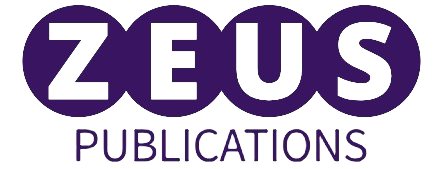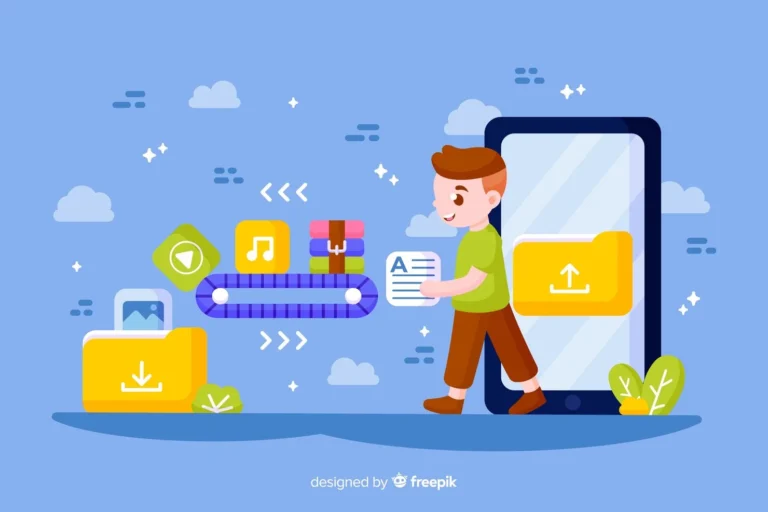Table of Contents
- Understanding Free Phone Services
- Eligibility Criteria
- Applying for Free Phone Services
- Types of Services Offered
- Maintaining Your Service
- Advantages of Free Phone Services
- Additional Resources
- Conclusion
Understanding Free Phone Services
Free phone services are designed to help individuals and families who meet certain criteria. These programs, often sponsored by government initiatives, aim to guarantee that everyone has access to essential communication tools. The idea is to provide phones and phone services to those who might not otherwise be able to afford them. Understanding how these services work is the first step to accessing them effectively. One such option is the Ohio Lifeline program, which provides free phone services to eligible Ohio residents. This can be a game-changer for individuals and families, enabling them to stay connected with employers, healthcare providers, and emergency services.
Ohio Lifeline is a program designed to provide discounted phone services to eligible low-income residents in the state. It helps guarantee that individuals have access to essential communication, promoting connectivity and access to vital resources. Ohio Lifeline strives to improve the quality of life for people who might otherwise find it difficult to pay for such basics by lowering the cost of phone services.
Eligibility Criteria
Typically, eligibility for free phone services includes meeting specific income thresholds or participating in certain assistance programs. These eligibility criteria are in place to ensure that the services are provided to those who need them most. It’s crucial to review the eligibility requirements carefully to determine if you qualify. Some common criteria include:
- Income-based qualification: Often, families or individuals who earn below a certain income level are eligible for free phone services.
- Participation in assistance programs: You may be automatically eligible for free phone services if you participate in Medicaid, SSI (Supplemental Security Income), or SNAP (Supplemental Nutrition Assistance Program).
- Proof of identity and residency: You may need to provide documents that verify your identity and where you live. This helps ensure that the services are not being misused.
Applying for Free Phone Services
Typically, requesting these services entails completing an application and supplying the required paperwork. The process may vary by provider but generally follows these steps:
- Gather required documents: These might include proof of income, copies of participation cards in assistance programs, and identification documents.
- Complete the application form: This can often be done online, but paper forms are usually available for those who prefer them. Make sure to fill out all required fields accurately.
- Submit your application: Applications may be sent in the mail or electronically, based on the instructions provided by the supplier.
- Wait for approval and receive your phone: Once approved, you will either receive your phone in the mail or be provided with instructions on how to pick it up. Approval times can vary, so patience is key.
It’s also advisable to keep copies of all the documents and application forms you submit. This can be helpful if you need to follow up or if any issues arise during the application process.
Types of Services Offered
Depending on the provider, free phone services may include a variety of features such as call minutes, text messaging, and data plans. It’s important to review what each provider offers to select the plan that best suits your needs. Some common features include:
- Unlimited talk and text: This is ideal for staying in touch with family and friends, as well as for business and emergency communications.
- Data plans for internet access: Many providers offer data plans that allow you to use the internet on your phone. This can be crucial for job searches, online banking, and accessing health information.
- Extra services: Features like voicemail and caller ID are often included, making it easier to manage your communications effectively.
Making an informed choice regarding which service provider to use might be aided by being aware of your possibilities. It’s worth noting that some providers may offer additional perks or benefits, so it’s helpful to do a bit of research before settling on a plan.
Maintaining Your Service
Once you have been approved and received your phone, staying compliant with the program’s requirements is essential to maintain your service. This might involve periodic recertification or updates to your information. To avoid service interruptions, make sure to stay informed about any renewals or changes. Common maintenance requirements include:
- Annual recertification: Many programs require you to recertify annually to ensure that you still qualify for the benefits.
- Updating personal information: If you move or if your income changes, it’s important to update your provider to avoid any issues.
- Usage criteria: Some programs require you to use your phone at least once every 30 days to keep the service active.
It’s important to read all communications from your service provider carefully and to comply with any requests for information or documentation. Failure to do so could result in your service being discontinued, which could be inconvenient or even dangerous in an emergency.
Advantages of Free Phone Services
Access to free phone services offers numerous advantages, particularly for those experiencing financial hardship. It provides a reliable means of communication, which is essential for various aspects of daily life. Some key benefits include:
- Emergency services: Having a phone allows you to call for help in emergencies, which can be lifesaving.
- Staying connected: It allows you to stay in touch with family, friends, and support networks, which is crucial for mental and emotional well-being.
- Access to services: You can use your phone to contact healthcare providers, social services, and other essential resources.
- Employment opportunities: A phone is indispensable when searching for jobs, scheduling interviews, and staying in touch with potential employers.
In many ways, a phone can be a lifeline, offering stability and security during challenging times. This is particularly true for those who are unemployed, elderly, or otherwise vulnerable. Studies have shown that even modest improvements in communication access can have significant positive impacts on individuals’ lives.
Additional Resources
To further understand and explore free phone services, consider these additional resources:
- Lifeline Program – An overview of the federal Lifeline program.
- CNET’s Guide to Lifeline – A comprehensive guide to the Lifeline program and its benefits.
These resources offer valuable insights and can help you navigate the process of obtaining and maintaining free phone services. They can also provide updates on any changes to the programs, ensuring that you remain informed and compliant.
Conclusion
Free phone services are a valuable resource for those in need. By understanding the eligibility criteria, application process, and maintenance requirements, you can successfully access and maintain these services. The benefits are significant, providing essential communication tools and peace of mind. Whether you’re reaching out for help in an emergency, staying connected with loved ones, or seeking employment opportunities, free phone services can make a world of difference in your daily life.

